Nuclear Receptor Coregulators in Spermatogenesis
Subgroup Leader : Nadège VERNET
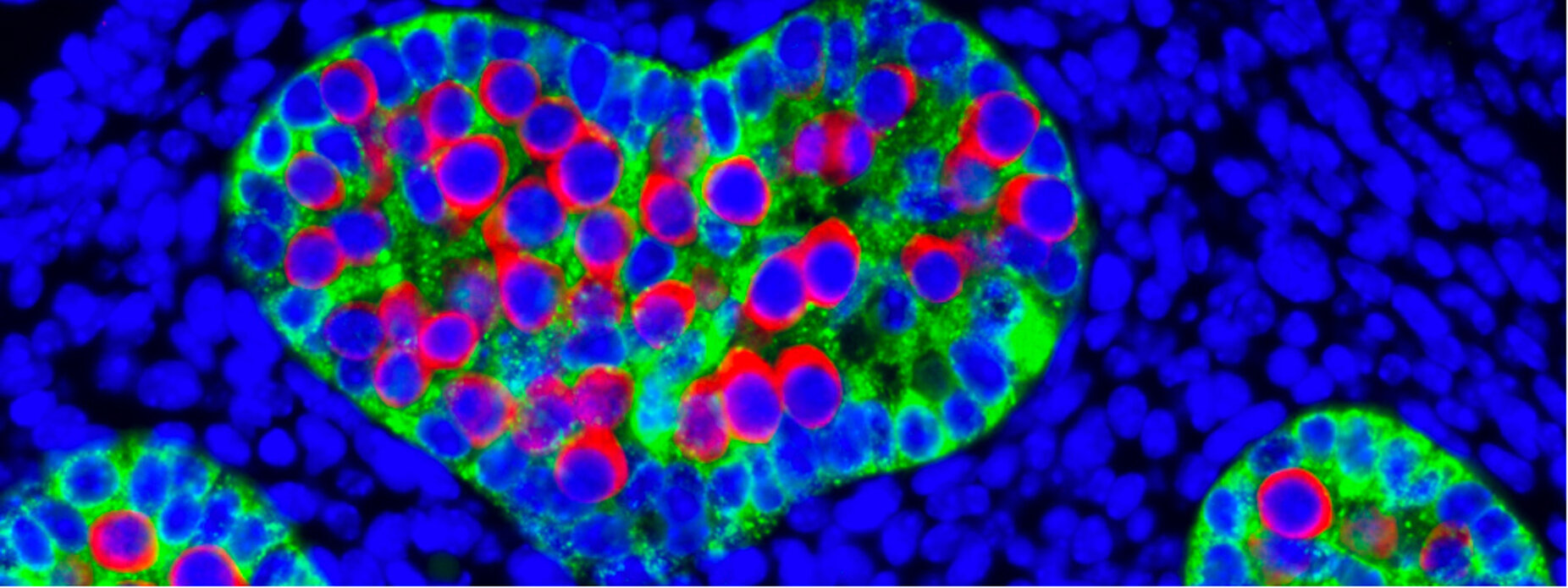
Retinoic acid (ATRA), the active metabolite of vitamin A, is produced locally in its target tissues. It is essential for development and reproduction. Its pharmaceutical derivatives are therapeutic tools with a promising potential. Our project is to decipher, step by step, the ATRA-dependent processes involved in the differentiation of cells in vivo, focusing on mouse germ cells (GC), at the origin of gametes, as a model system.
The chronology of gametogenesis in mammals varies according to the sex. Most females are born with a definite reserve of germ cells (GC), the number of which determines fertility. In males, fertility relies on a permanent balance between self-renewal and differentiation of GC. In both sexes, undifferentiated precursors divide to increase the GC population. Later, GC enter into meiosis, achieving genetic recombination and halving the number of chromosomes required for the production of haploid gametes. Genetic and pharmacological studies in mice have revealed that ATRA and its nuclear receptors (RAR) are major players in gametogenesis. Our project aims to decipher, step by step, the ATRA-dependent processes required for the differentiation of GC in vivo, starting from stem cells capable of self-renewal to gametes that are able to fertilize, including the meiotic step through which chromosomes are intermingled at each generation to ensure the genetic diversity of individuals. To this end, we possess a collection of mice, unique worldwide in its diversity, in which one or several players in the ATRA signalling pathway are knocked out, as well as the scientific expertise and know-how to characterize the molecular and tissue abnormalities.
Overall, our project is expected to allow advances towards a better understanding of human gonadal pathologies (e.g., premature ovarian failure, sperm production defects) and to develop retinoid therapies (using agonists or antagonists) for infertile patients. The possibility to transiently disrupt ATRA signalling also represents a promising strategy to develop male contraceptives, provided that the mechanism of ATRA functioning is completely deciphered in order to prevent side effects.
Beyond gametogenesis, our project will help to understand how ATRA controls the differentiation of stem cells, normal or cancerous.
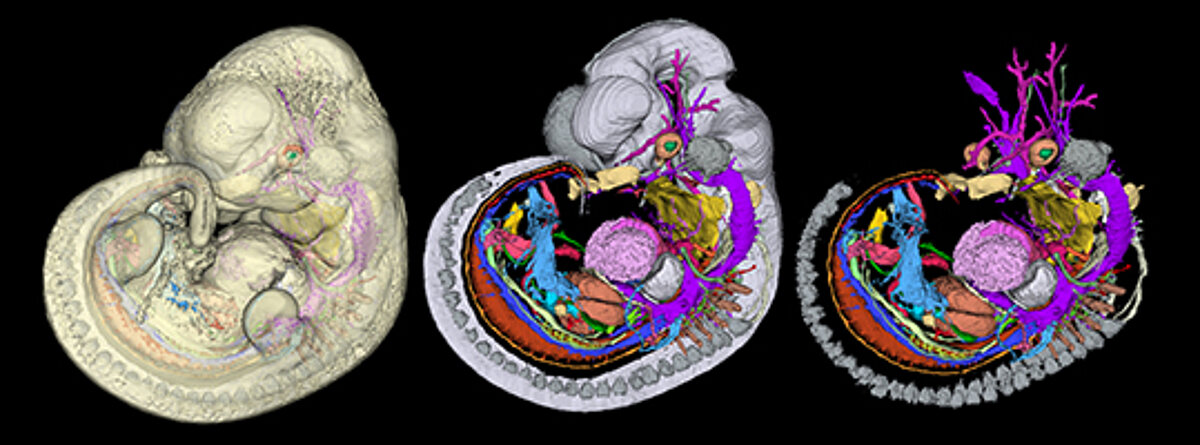 | Deconstructing and reconstructing embryoshttps://moodle.unistra.fr/course/view.php?id=13647 Choose: anonymous connexion Password: ontogenesis |
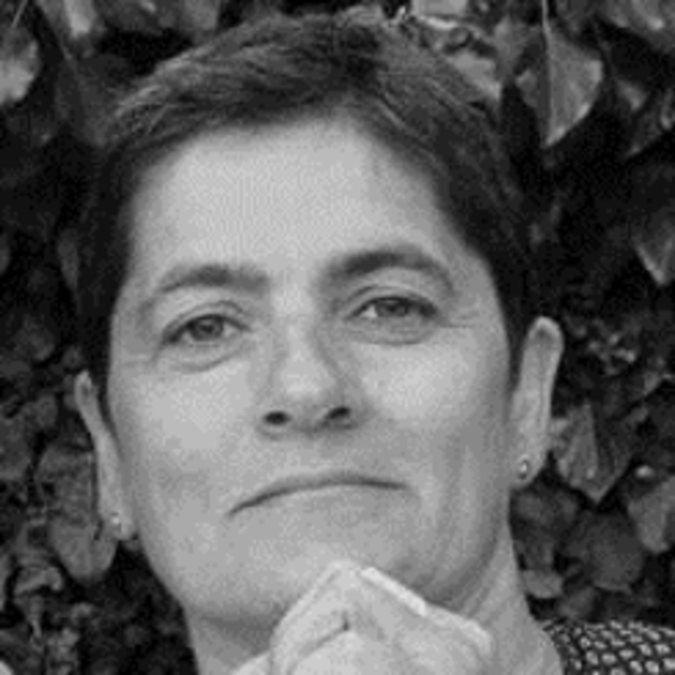 Valérie DUPE (Researcher, Inserm), ORCID ID orcid.org/0000-0003-4859-0612, Institute of Genetics and Development of Rennes (IGDR, UMR 6290 CNRS) , Rennes, France. Team Genetics of disorders related to neurectodermal development igdr.univ-rennes1.fr/genetique-des-pathologies-du-developpement-du-neurectoderme
Valérie DUPE (Researcher, Inserm), ORCID ID orcid.org/0000-0003-4859-0612, Institute of Genetics and Development of Rennes (IGDR, UMR 6290 CNRS) , Rennes, France. Team Genetics of disorders related to neurectodermal development igdr.univ-rennes1.fr/genetique-des-pathologies-du-developpement-du-neurectoderme
.png) Olivia WENDLING (IR, CNRS), Mouse Clinic Institute (ICS), Phenotyping Department, Illkirch, France. Team Histopathology and Embryology www.ics-mci.fr/en/departments/phenotyping/histopathology-and-embryology/
Olivia WENDLING (IR, CNRS), Mouse Clinic Institute (ICS), Phenotyping Department, Illkirch, France. Team Histopathology and Embryology www.ics-mci.fr/en/departments/phenotyping/histopathology-and-embryology/
Nic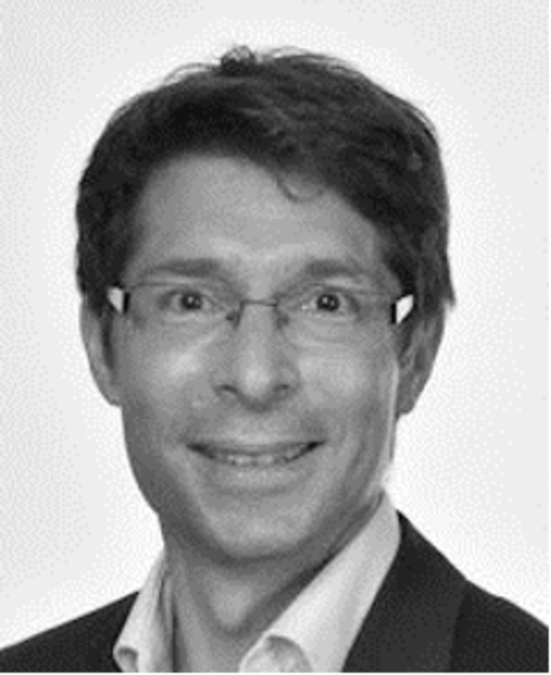 olas MATT (Professor, UNISTRA), Institute Molecular and Cellular Biology of Strasbourg (IBMC-M3i, UPR 9022 CNRS) , Strasbourg, France. Team Genetics of immune response ibmc.cnrs.fr/en/laboratoire/m3i-en/equipes/genetics-of-immune-response/, Vice-Président Patrimoine UNISTRA www.unistra.fr/equipe-presidentielle/nicolas-matt
olas MATT (Professor, UNISTRA), Institute Molecular and Cellular Biology of Strasbourg (IBMC-M3i, UPR 9022 CNRS) , Strasbourg, France. Team Genetics of immune response ibmc.cnrs.fr/en/laboratoire/m3i-en/equipes/genetics-of-immune-response/, Vice-Président Patrimoine UNISTRA www.unistra.fr/equipe-presidentielle/nicolas-matt
.png) Bénédicte MASCREZ (Associate scientist), University of Genève, Department of Genetics and Evolution, Geneva, Swiss. Team Developmental Genomics genev.unige.ch/research/people/Benedicte-Mascrez
Bénédicte MASCREZ (Associate scientist), University of Genève, Department of Genetics and Evolution, Geneva, Swiss. Team Developmental Genomics genev.unige.ch/research/people/Benedicte-Mascrez
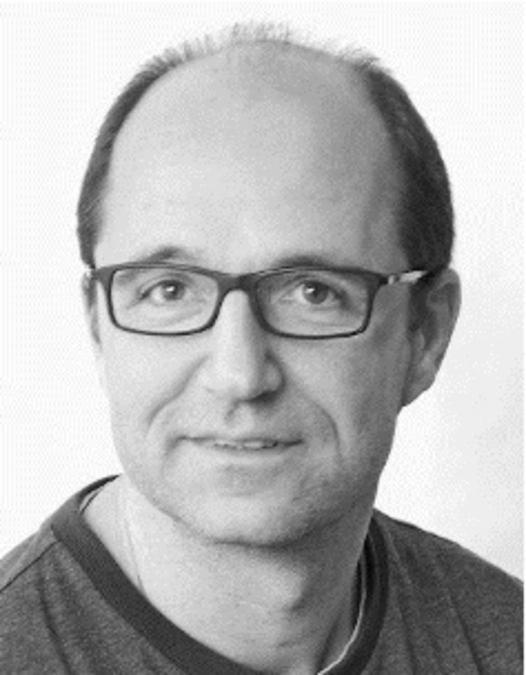 Frank SCHNUTGEN (Lab manager), ORCID ID orcid.org/0000-0002-2426-6685, Klinikum der Johann Wolfgang Goethe-Universität Frankfurt, Frankfurt am Main, Hessen, Germany. Serve Lab www.uniklinik-onkologie.de/fuer-scientists/research-groups/serve-lab/contact/
Frank SCHNUTGEN (Lab manager), ORCID ID orcid.org/0000-0002-2426-6685, Klinikum der Johann Wolfgang Goethe-Universität Frankfurt, Frankfurt am Main, Hessen, Germany. Serve Lab www.uniklinik-onkologie.de/fuer-scientists/research-groups/serve-lab/contact/
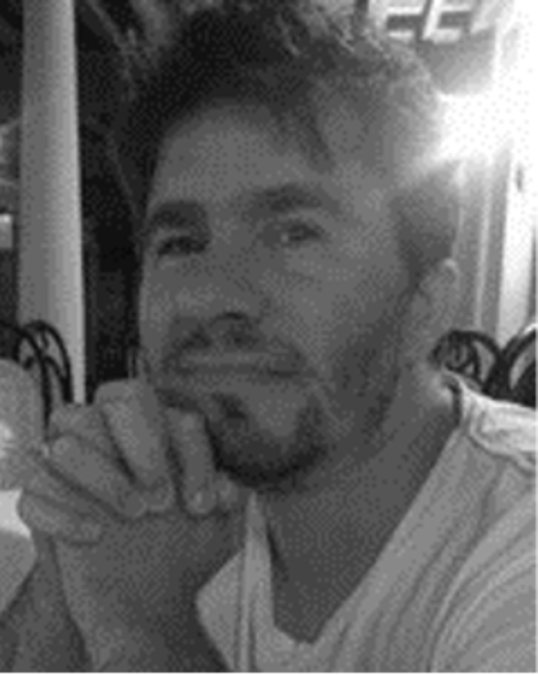 Hugues JACOB (IR CERBM-GIE), Mouse Clinic Institute (ICS), Phenotyping Department, Illkirch, France. Team Histopathology and Embryology www.ics-mci.fr/en/departments/phenotyping/histopathology-and-embryology/
Hugues JACOB (IR CERBM-GIE), Mouse Clinic Institute (ICS), Phenotyping Department, Illkirch, France. Team Histopathology and Embryology www.ics-mci.fr/en/departments/phenotyping/histopathology-and-embryology/
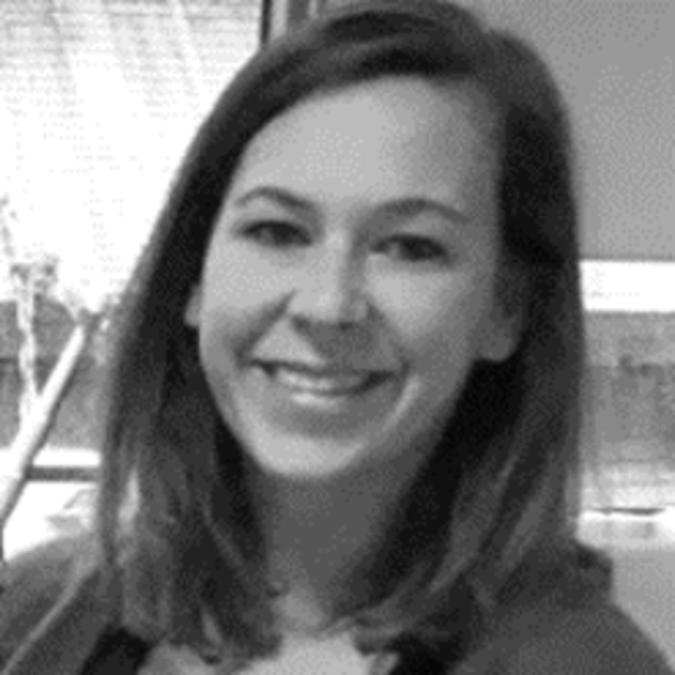 Mathilde RAVERDEAU (post-doctorate), ORCID ID orcid.org/0000-0002-6088-6902, Trinity College Dublin, School of Biochemistry and Immunology, Immune Regulation Research, Dublin, Ireland. Team www.tcd.ie/Biochemistry/research/mills/
Mathilde RAVERDEAU (post-doctorate), ORCID ID orcid.org/0000-0002-6088-6902, Trinity College Dublin, School of Biochemistry and Immunology, Immune Regulation Research, Dublin, Ireland. Team www.tcd.ie/Biochemistry/research/mills/
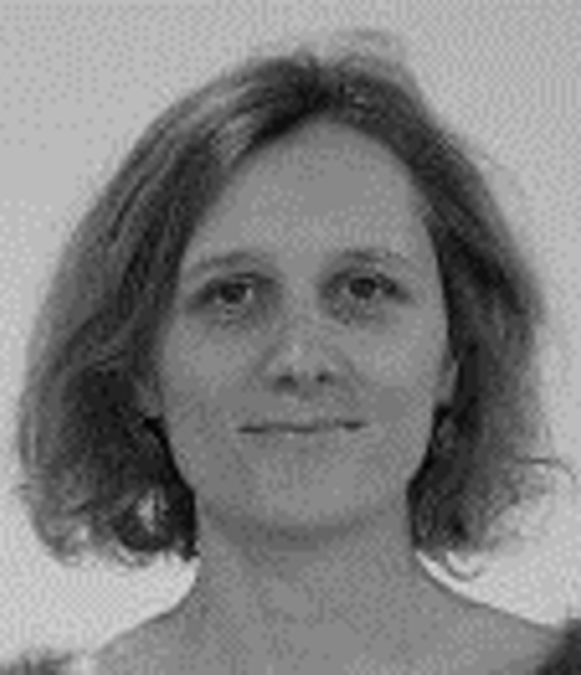 Aurore GELY-PERNOT (Associate Professor, EHESP), ORCID ID: orcid.org/0000-0002-7483-3297, Institut de recherche en santé, environnement et travail (IRSET, Inserm UMR 1085), Rennes, France. Equipe Physiologie et physiopathologie du tractus uro-génital www.irset.org/interlocuteurs/gely-pernot-aurore and School of Public Health (EHESP), Department of environmental and occupational health, Rennes, France www.ehesp.fr/annuaire/enseignement-recherche/aurore-gely-pernot/
Aurore GELY-PERNOT (Associate Professor, EHESP), ORCID ID: orcid.org/0000-0002-7483-3297, Institut de recherche en santé, environnement et travail (IRSET, Inserm UMR 1085), Rennes, France. Equipe Physiologie et physiopathologie du tractus uro-génital www.irset.org/interlocuteurs/gely-pernot-aurore and School of Public Health (EHESP), Department of environmental and occupational health, Rennes, France www.ehesp.fr/annuaire/enseignement-recherche/aurore-gely-pernot/
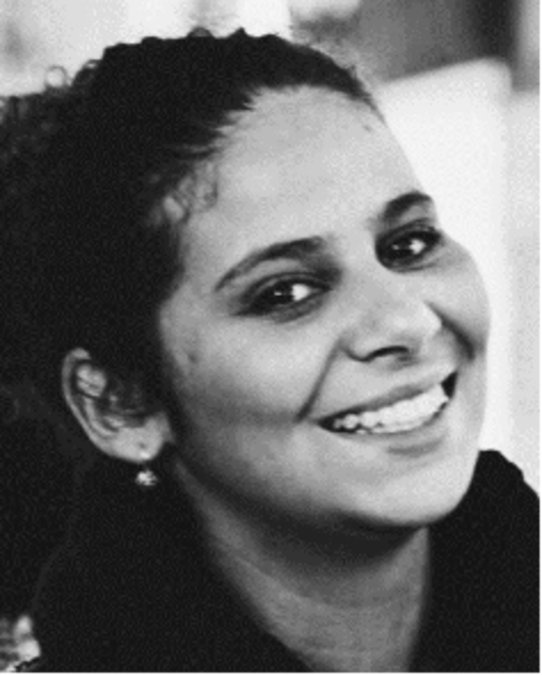 Sirine SOUALI-CRESPO (post-docotorate)
Sirine SOUALI-CRESPO (post-docotorate)
Subgroup Leader : Nadège VERNET
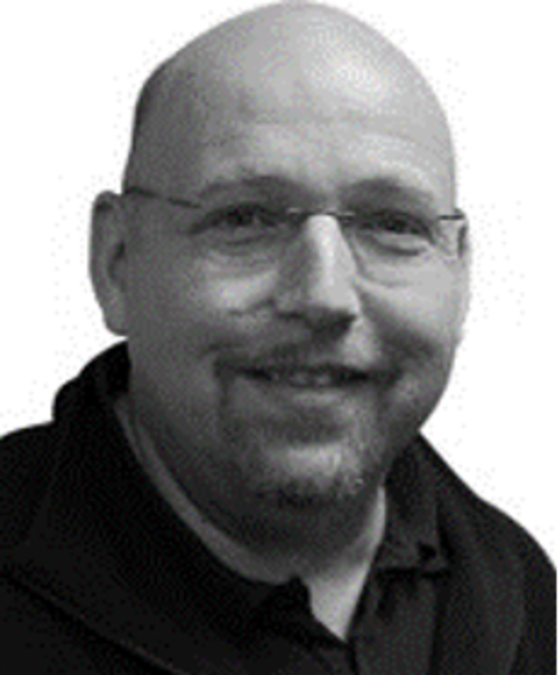 Gérard BENOIT, ORCID ID orcid.org/0000-0003-3148-4127 Laboratoire de Biologie et Modélisation de la Cellule (LBMC, CNRS UMR 5239), Ecole Normale Supérieur, Lyon, France. Team Systems Biology of Decision Making, Axis 2 LITREA: Deciphering nuclear receptor biological function in differentiating mouse pluripotent embryonic cells http://www.ens-lyon.fr/LBMC/equipes/systems-biology-of-decision-making/themes-de-recherche/deciphering-nuclear-receptor-biological-function-in-differentiating-mouse-pluripotent-embryonic-cells
Gérard BENOIT, ORCID ID orcid.org/0000-0003-3148-4127 Laboratoire de Biologie et Modélisation de la Cellule (LBMC, CNRS UMR 5239), Ecole Normale Supérieur, Lyon, France. Team Systems Biology of Decision Making, Axis 2 LITREA: Deciphering nuclear receptor biological function in differentiating mouse pluripotent embryonic cells http://www.ens-lyon.fr/LBMC/equipes/systems-biology-of-decision-making/themes-de-recherche/deciphering-nuclear-receptor-biological-function-in-differentiating-mouse-pluripotent-embryonic-cells
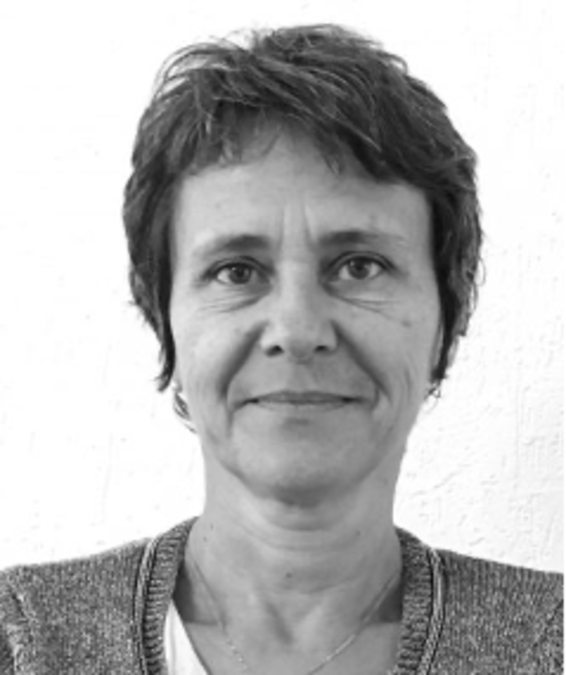 Marie-Christine CHABOISSIER, ORCID ID orcid.org/0000-0003-0934-8217 Institute Biologie Valrose (iBV, INSERM U1091, CNRS UMR 7277), Nice-Côte d’Azur University, Nice, France. Team Sex determination in mice ibv.unice.fr/research-team/chaboissier/
Marie-Christine CHABOISSIER, ORCID ID orcid.org/0000-0003-0934-8217 Institute Biologie Valrose (iBV, INSERM U1091, CNRS UMR 7277), Nice-Côte d’Azur University, Nice, France. Team Sex determination in mice ibv.unice.fr/research-team/chaboissier/
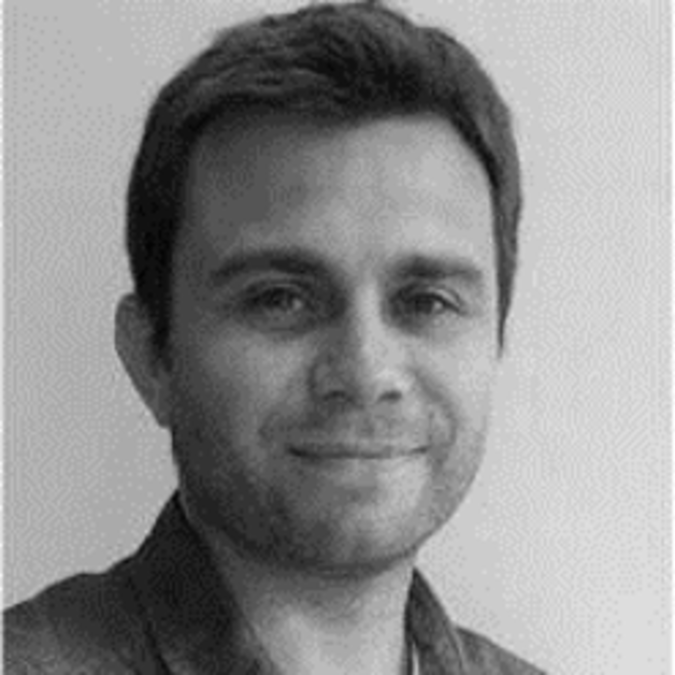 Frédéric CHALMEL, ORCID ID orcid.org/0000-0002-0535-3628 Research Institute for Environmental and Occupational Health (IRSET, INSERM UMR 1085), Rennes, France. Team Physiology and Physiopathology of the Uro-Genital Tract, Head of Axis 4 : Gonad differentiation and physiology www.irset.org/en/axis-4-gonad-differentiation-and-physiology
Frédéric CHALMEL, ORCID ID orcid.org/0000-0002-0535-3628 Research Institute for Environmental and Occupational Health (IRSET, INSERM UMR 1085), Rennes, France. Team Physiology and Physiopathology of the Uro-Genital Tract, Head of Axis 4 : Gonad differentiation and physiology www.irset.org/en/axis-4-gonad-differentiation-and-physiology
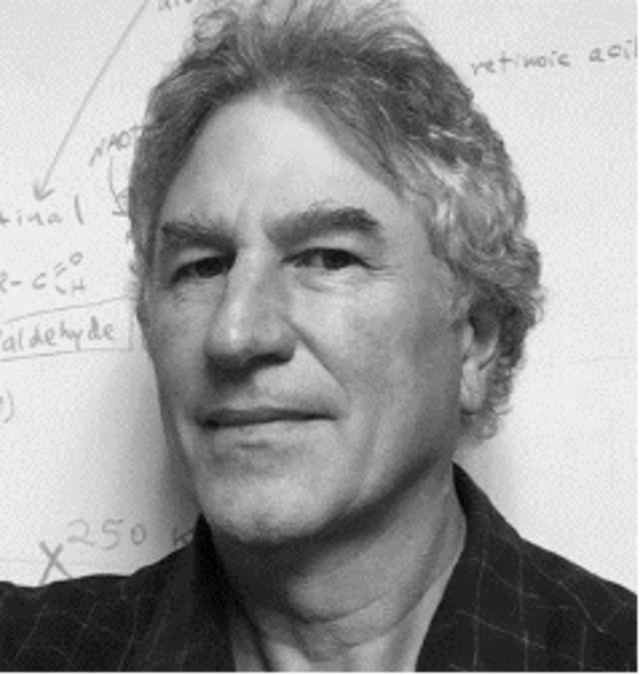 Gregg DUESTER, ORCID ID orcid.org/0000-0003-4335-3650 Center for Genetic Disorders and Aging Research, Sanford Burnham Prebys Medical Discovery Institute (SBP), Development, Aging and Regeneration Program, La Jolla, California, USA. Team leader www.sbpdiscovery.org/our-scientists/gregg-duester-phd
Gregg DUESTER, ORCID ID orcid.org/0000-0003-4335-3650 Center for Genetic Disorders and Aging Research, Sanford Burnham Prebys Medical Discovery Institute (SBP), Development, Aging and Regeneration Program, La Jolla, California, USA. Team leader www.sbpdiscovery.org/our-scientists/gregg-duester-phd
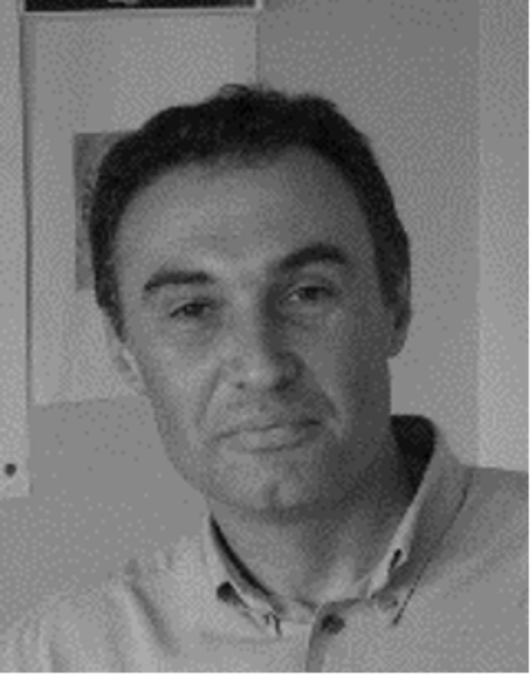 Pierre GERMAIN, ORCID ID orcid.org/0000-0003-2962-9593 Centre de Biologie Structurale (CBS, CNRS UMR 5048, INSERM U 1054), Montpellier, France. Team Nuclear Receptors as Integrators of Endogenous and Environmental Signals www.cbs.cnrs.fr/index.php/en/home-equipea5
Pierre GERMAIN, ORCID ID orcid.org/0000-0003-2962-9593 Centre de Biologie Structurale (CBS, CNRS UMR 5048, INSERM U 1054), Montpellier, France. Team Nuclear Receptors as Integrators of Endogenous and Environmental Signals www.cbs.cnrs.fr/index.php/en/home-equipea5
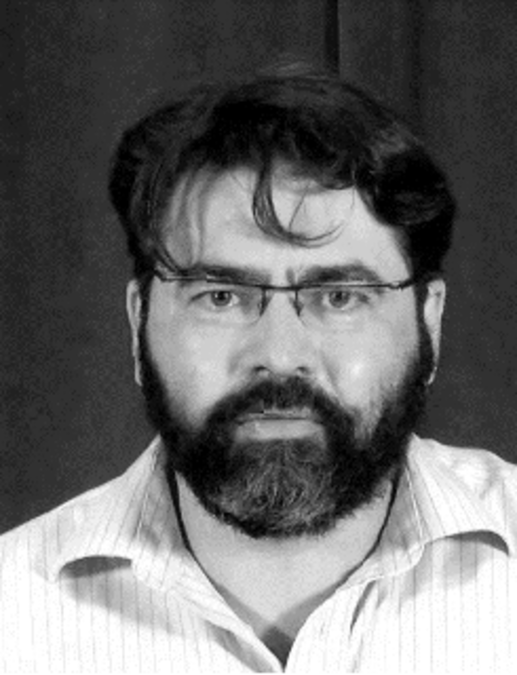 Gabriel LIVERA, ORCID ID orcid.org/0000-0001-8436-4730 Institute of cellular and molecular radiobiology (IRCM CEA), Genetic Stability, Stem Cells and Radiation (UMR SGCSR), Fontenay aux Roses, France. Team Development of the Gonads. jacob.cea.fr/drf/ifrancoisjacob/english/Pages/Departments/IRCM/Teams/LDG.aspx
Gabriel LIVERA, ORCID ID orcid.org/0000-0001-8436-4730 Institute of cellular and molecular radiobiology (IRCM CEA), Genetic Stability, Stem Cells and Radiation (UMR SGCSR), Fontenay aux Roses, France. Team Development of the Gonads. jacob.cea.fr/drf/ifrancoisjacob/english/Pages/Departments/IRCM/Teams/LDG.aspx
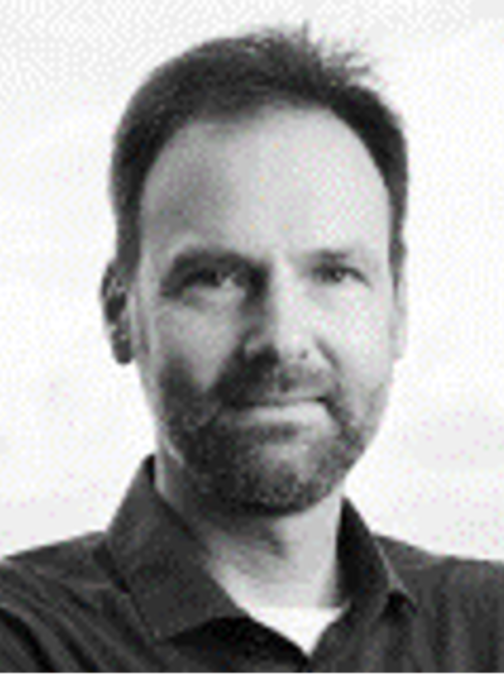 Serge NEF, ORCID ID orcid.org/0000-0001-5462-0676 University of Genève, Department of Genetic Medicine and Development, Geneva, Swiss. Team Molecular and Developmental Biology of Sexual Development www.unige.ch/medecine/nef/
Serge NEF, ORCID ID orcid.org/0000-0001-5462-0676 University of Genève, Department of Genetic Medicine and Development, Geneva, Swiss. Team Molecular and Developmental Biology of Sexual Development www.unige.ch/medecine/nef/
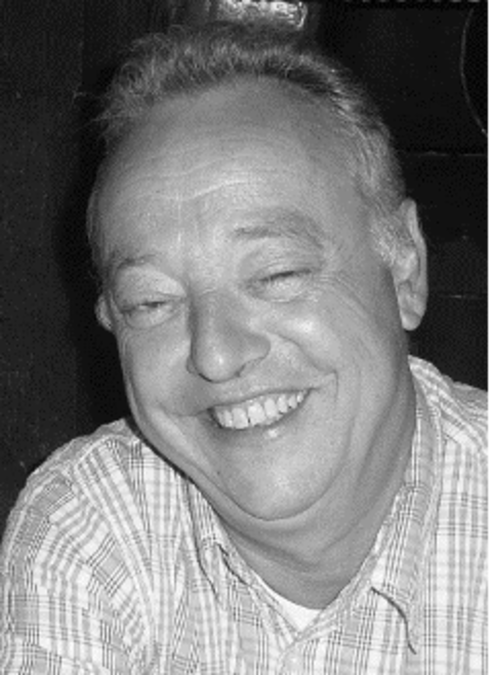 Eric PAILHOUX, ORCID ID orcid.org/0000-0001-8012-9143 Biology of Reproduction, Environnement, Epigenetics, and Development (BREED, INRAE UMR 1198), Jouy-en-Josas, France. Team Gonad Differentiation and its Perturbations www6.jouy.inrae.fr/breed_eng/Our-Research/Scientific-teams/Gonad-Differentiation-and-its-Perturbations-DGP
Eric PAILHOUX, ORCID ID orcid.org/0000-0001-8012-9143 Biology of Reproduction, Environnement, Epigenetics, and Development (BREED, INRAE UMR 1198), Jouy-en-Josas, France. Team Gonad Differentiation and its Perturbations www6.jouy.inrae.fr/breed_eng/Our-Research/Scientific-teams/Gonad-Differentiation-and-its-Perturbations-DGP
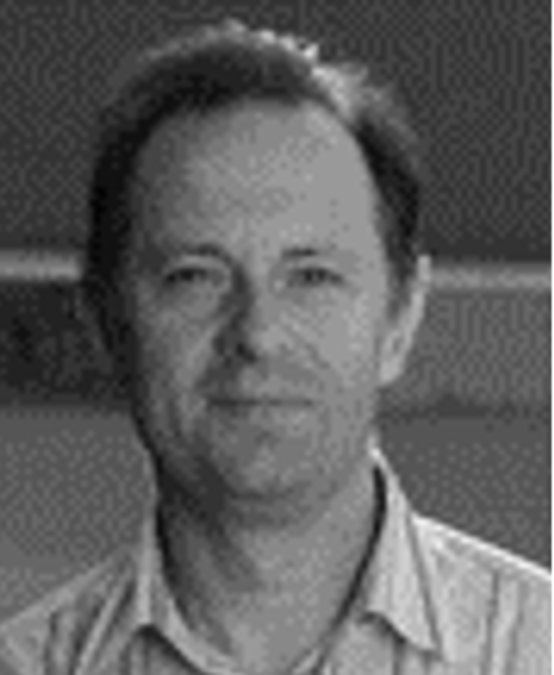 Bertrand SERAPHIN, ORCID ID orcid.org/0000-0002-5168-1921 Institute of Genetics, Molecular and Cellular Biology (IGBMC, CNRS UMR7104, INSERM U1258), Department of Functional Genomics and Cancer, Illkirch, France. Team Protein networks and complexes regulating eukaryotic mRNA decay www.igbmc.fr/research/department/2/team/27/
Bertrand SERAPHIN, ORCID ID orcid.org/0000-0002-5168-1921 Institute of Genetics, Molecular and Cellular Biology (IGBMC, CNRS UMR7104, INSERM U1258), Department of Functional Genomics and Cancer, Illkirch, France. Team Protein networks and complexes regulating eukaryotic mRNA decay www.igbmc.fr/research/department/2/team/27/
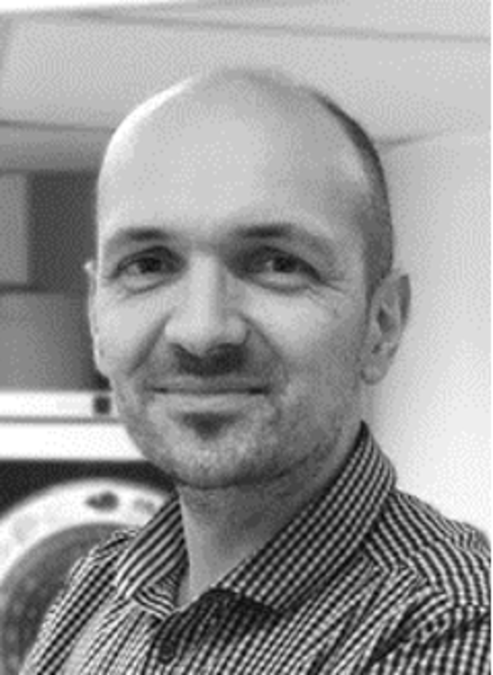 Michael WEBER, ORCID ID orcid.org/0000-0003-3484-5821 Biotechnology and Cell Signalling (BSC, CNRS UMR 7242), ESBS, Illkirch, France. Team Epigenetic regulation of cell identity bsc.unistra.fr/en/research-teams/team-weber/presentation/
Michael WEBER, ORCID ID orcid.org/0000-0003-3484-5821 Biotechnology and Cell Signalling (BSC, CNRS UMR 7242), ESBS, Illkirch, France. Team Epigenetic regulation of cell identity bsc.unistra.fr/en/research-teams/team-weber/presentation/
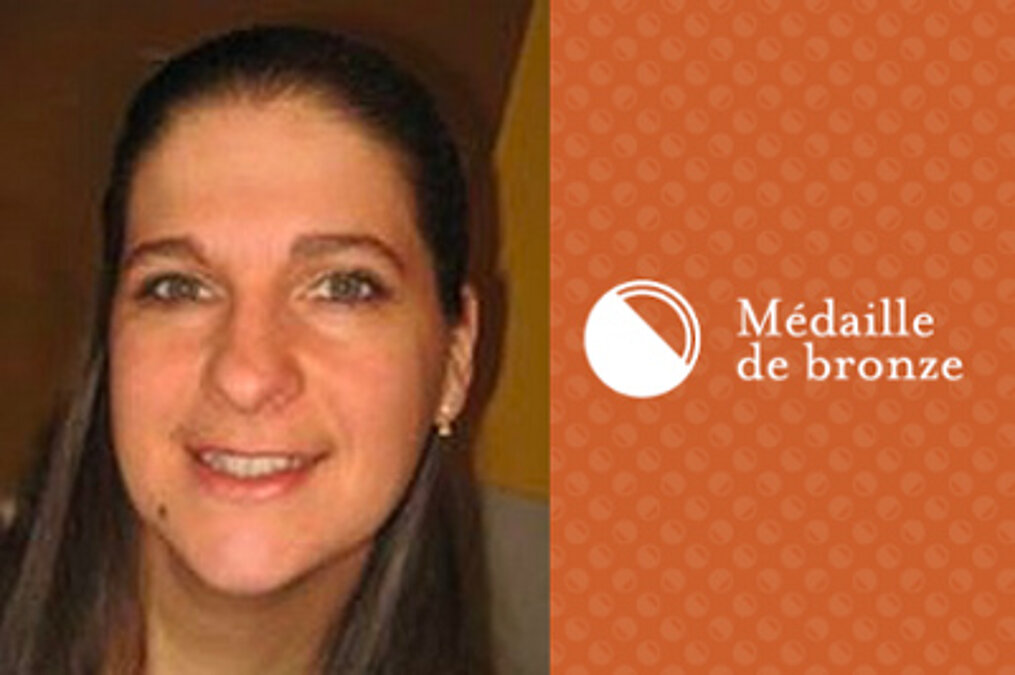 Nadège VERNET, CNRS bronze medal in 2021 www.cnrs.fr/en/node/5613
Nadège VERNET, CNRS bronze medal in 2021 www.cnrs.fr/en/node/5613
Article in a journal
Nature Communications ; Volume: 16 ; Page: 7350
Article in a journal
Current Topics in Developmental Biology ; Volume: 161 ; Page: 59-88
Article in a journal
EMBO Reports ; Volume: 24
Article in a journal
Biomedicines ; Volume: 11
Article in a journal
Development (Cambridge, England) ; Volume: 150 ; Page: dev201710
Article in a journal
Laboratory Animals ; Volume: 56 ; Page: 380-395
Article in a journal
Science Advances ; Volume: 8
Article in a journal
Cell Stem Cell ; Volume: 29 ; Page: 131-148
Article in a journal
Cells ; Volume: 11 ; Page: 891
Article in a journal
Biomedicines ; Volume: 9 ; Page: 742